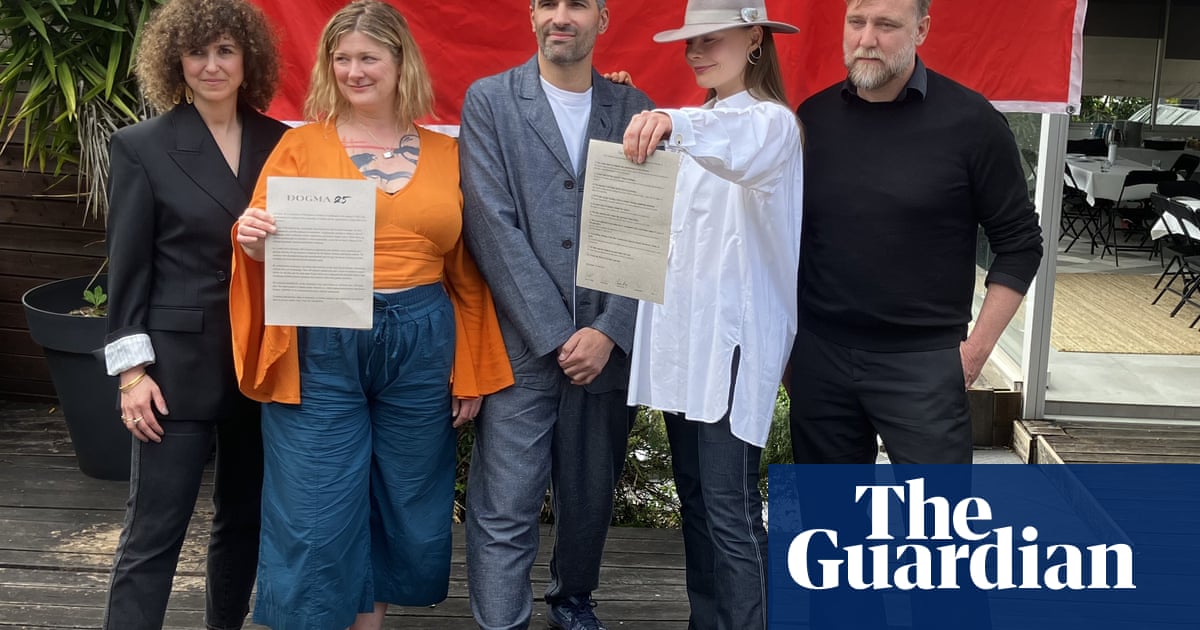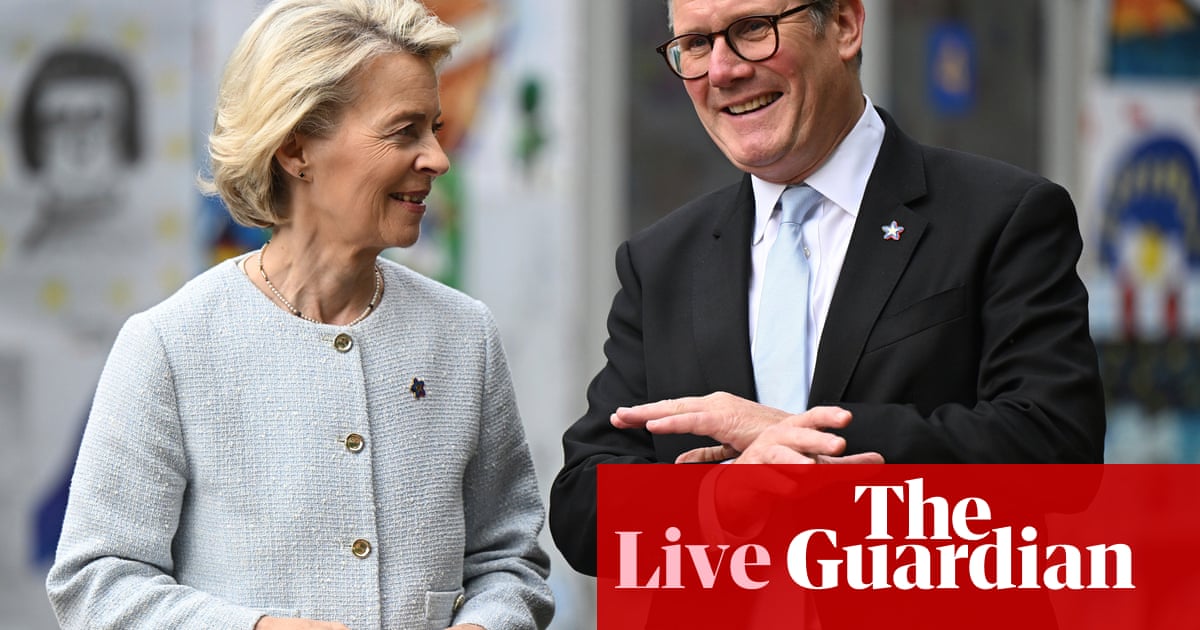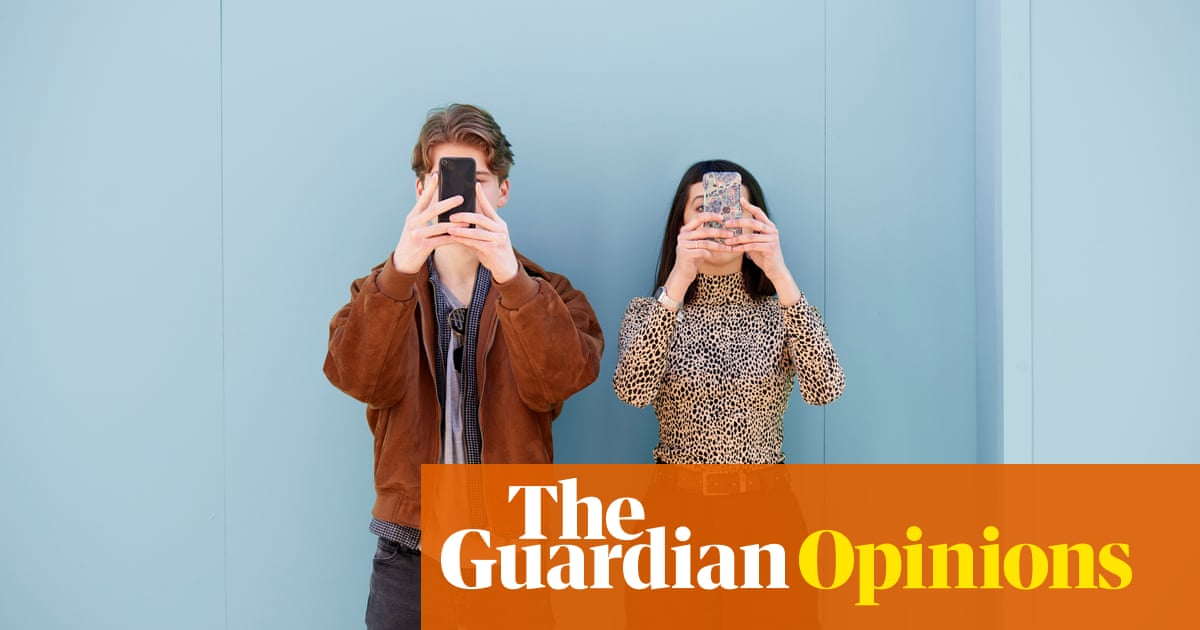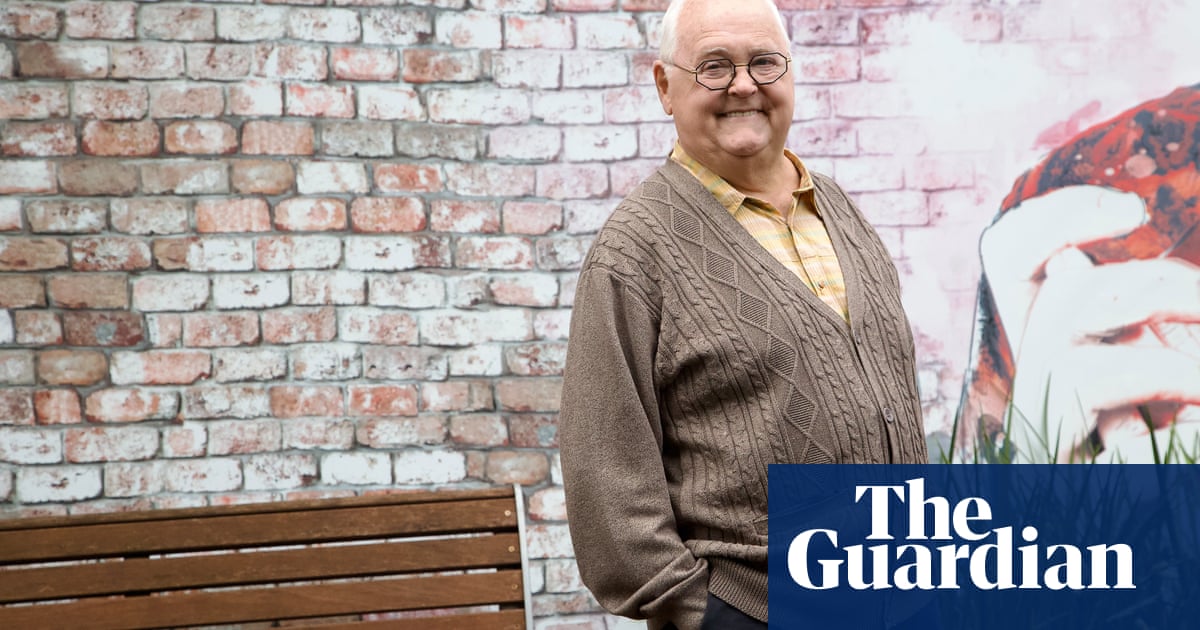Newsrooms around the world are deploying “ethics boxes”, story summaries and bite-size explainers to tackle the growing trend of “news avoidance”, as an increase in content and distrust in the media cause more people to tune out.
Less than half (47%) of those asked about their news consumption said they viewed television news programmes regularly or had done so in the last week, according to a new Opinium poll. The figure fell to 29% for radio news and 26% for news websites.
The wars in Gaza and Ukraine, inflation and the climate crisis have contributed to increased concerns that the news is too negative, too voluminous and too overwhelming, according to research examining the problem.
The trend of consciously avoiding the news is being bolstered by a lack of trust in the media among young people – as well as technical changes to social media and search platforms that has meant less traffic driven towards news sites.
Reaching generation Z is a major preoccupation in newsrooms. With trust seen as a driver of their fatigue, some editors in the UK are planning to push content that tells them how a story was put together, with more explicit information about the number of sources spoken to and the main characters involved.
The Scandinavian media company Schibsted has already started to put “ethics boxes” on stories, describing the editorial decisions that went into them. These have included why someone accused of a particular crime has been named and depicted, along with the rules the publication tries to follow. It is an attempt to respond to recent research that trust of traditional news brands has waned among young people.
It comes against a backdrop of a long-term decline in seeking out the news, with the British among those suffering from the most fatigue. The proportion who say they have a high interest in news has almost halved in the UK over the last decade, from 70% in 2015 to 38% last year, according to the Reuters Institute for the Study of Journalism. Women, young people and those without a university degree make up a significant proportion of that decline.
News outlets across Europe are now exploring ways to make content more personal and less overwhelming for users. Industry figures said that there were now distinct news “snackers”, who wanted concise but regular news, as well as “briefers”, who just wanted a one-off update, helping them to limit their news consumption. As a result, the use of explainers is set to grow, helping those with less interest to catch up on events. Breaking news summaries are also aimed at those seeking only the latest events.
Greater “personalisation” is seen by BBC bosses as key in appealing to news avoiders, particularly younger audiences. Artificial intelligence is expected to play a part in the corporation’s personalisation plans, which have yet to be outlined, and it has strict guidelines on how the technology can be used.
The public remains wary of the corporation using AI. Asked if they would support the BBC using it to personalise their content, only 13% supported the idea, with 46% opposing it.
Major newsrooms are actively seeking to produce fewer stories to avoid overwhelming users. Swedish newspaper Svenska Dagbladet (SvD) has launched a product called Kompakt, with the tag line: “Read less, know more.”
Concerns over news avoidance also partly account for the boom in newsletters and podcasts, which curate a handful of manageable stories most important for the audience. There are also attempts across Europe towards “constructive journalism”, which seeks to increase features on how societal problems are being solved and the people solving them.
A race to provide short video content is also expected, including more conversational podcasts, as well as broadening offers with puzzles and lighter content. Reach, the group that publishes the Mirror and Express titles, recently opened studios in London aimed at creating “vertical video” that can be watched on phones.

.png) 1 month ago
27
1 month ago
27

















































